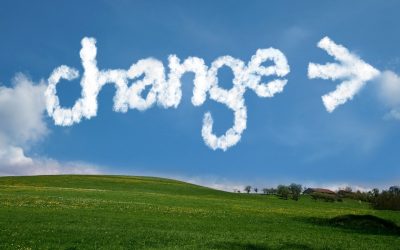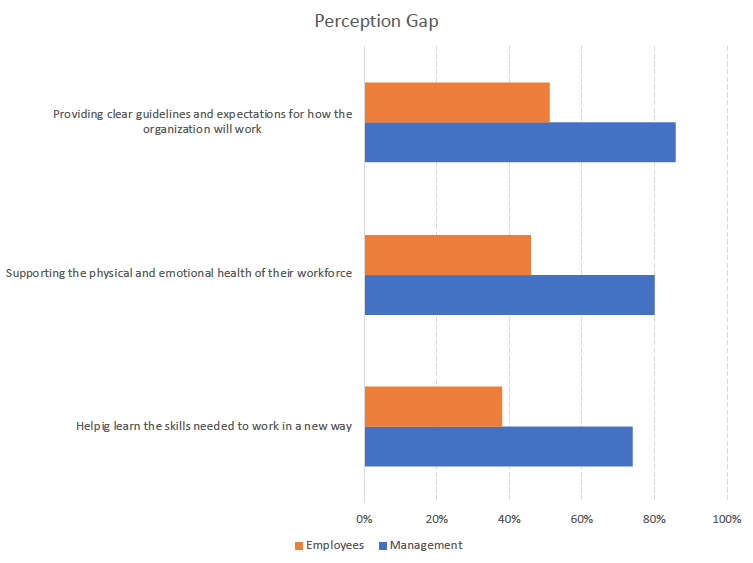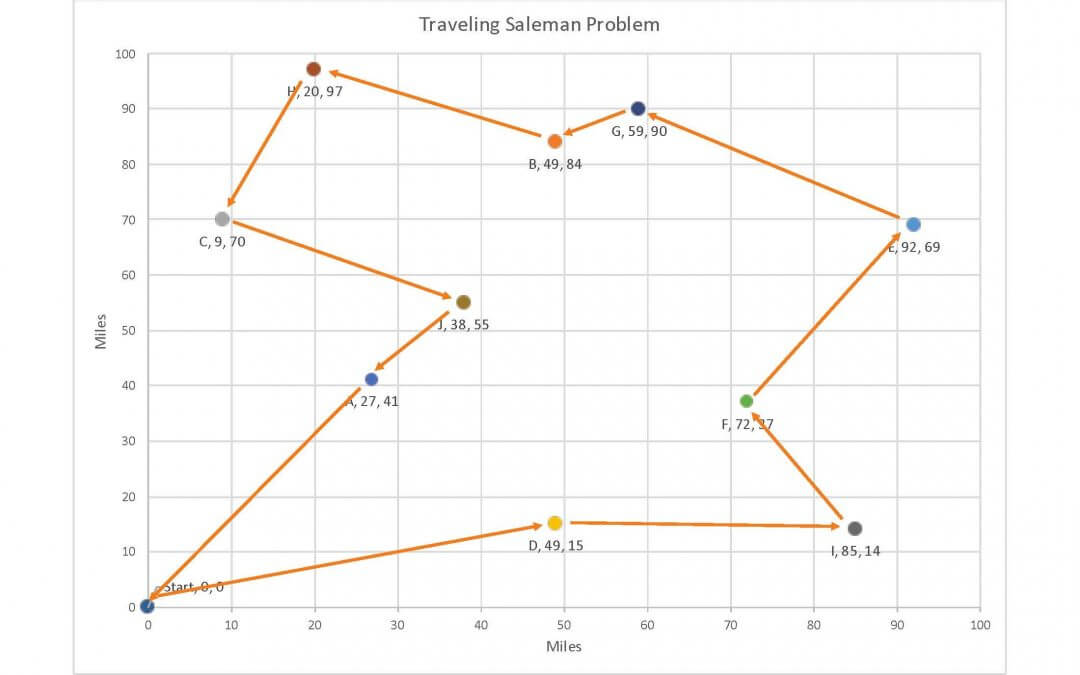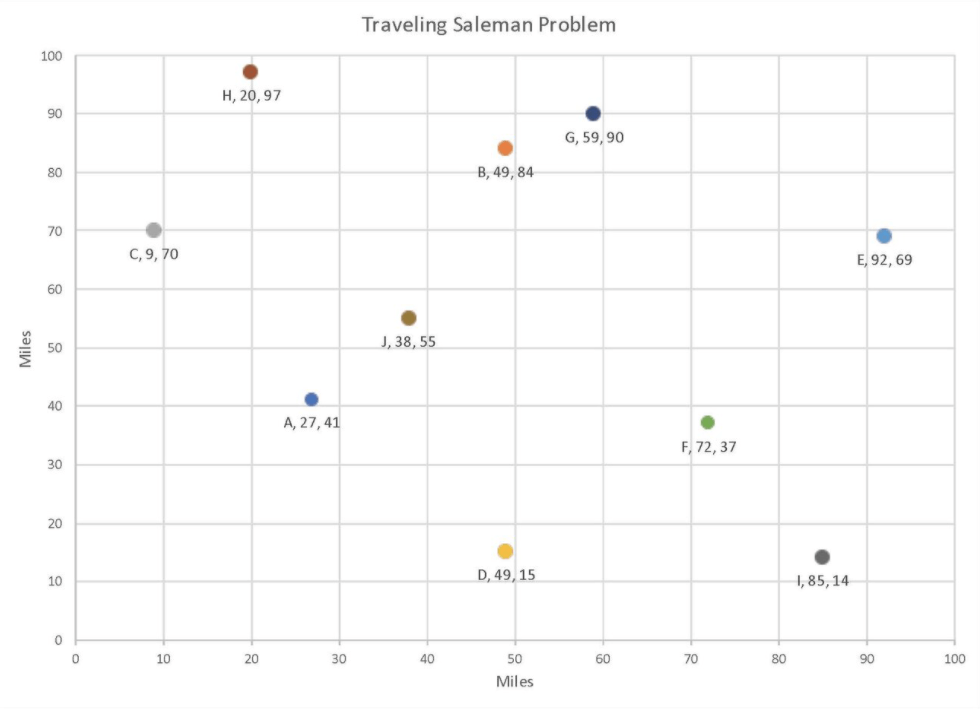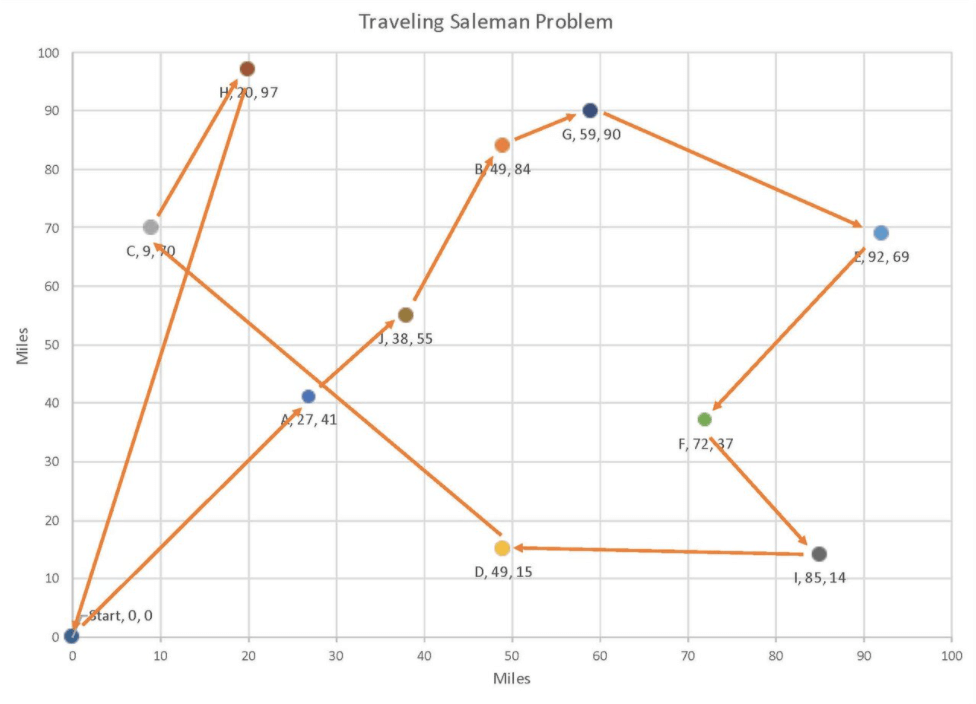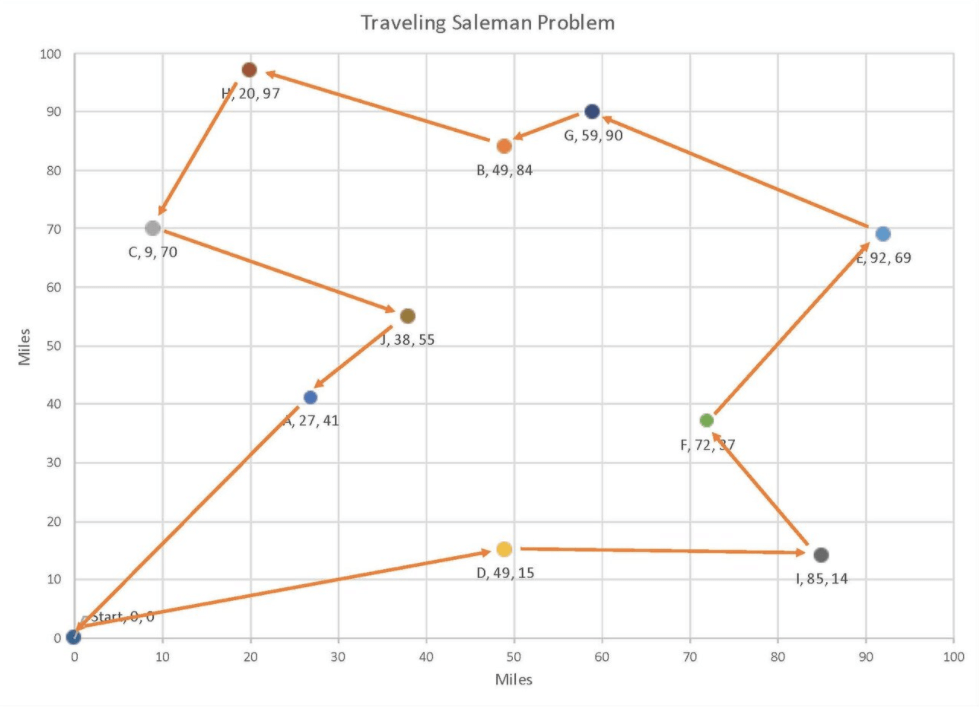3. Oblique Strategies
Brian Eno has helped introduce unique conceptual approaches and recording techniques to contemporary music and is considered one of popular music’s most influential and innovative figures. He has collaborated with artists such as David Bowie, U2, Coldplay, to name just a few, as well as producing albums for many artists including Talking Heads and Devo.
In 1975, Brian and Peter Schmidt published Oblique Strategies, a deck of 2.8” in × 3.5” printed cards in a black box. Each card offers a challenging constraint intended to help artists (particularly musicians) break creative blocks by encouraging lateral thinking. Each card contains a gnomic suggestion, aphorism, or remark, to break a deadlock or dilemma situation. A few are specific to music composition; others are more general. For example:
-
Use an old idea
-
State the problem in words as clearly as possible.
-
Only one element of each kind.
-
What would your closest friend do?
-
What to increase? What to reduce?
-
Are there sections? Consider transitions.
-
Try faking it!
-
Honor thy error as a hidden intention.
-
Ask your body.
-
Work at a different speed.
-
Look closely at the most embarrassing details and amplify
-
Not building a wall; making a brick
-
Repetition is a form of change
There are several editions of the cards, and while some versions are expensive and rare, some of the less expensive ones are available on Amazon.
Many musicians working with Eno have used Oblique Strategies in creating their records, namely, R.E.M. and Coldplay. However, Oblique Strategies were most famously used by Eno during the recording of David Bowie’s Low, “Heroes,” Lodger, and Outside. According to Carlos Alomar, who worked with Eno and Bowie on all these albums, is a fan of using the cards, and later said “at the Center for Performing Arts at the Stevens Institute of Technology, where I teach, on the wall are Brian Eno’s Oblique Strategies cards. And when my students get a mental block, I immediately direct them to that wall.”
While Oblique Strategies are primarily for artists, I am sure many of the cards would be great to help the creative juices within your teams who are searching for innovative solutions.
4. Team Composition
The impact of diversity on group functioning is complex. A research paper looked at the effects of a newcomer joining the group, where the group was seeking to identify a murderer given a set of information about the case. In each case, the individuals (members of sororities and fraternities at Northwestern) had twenty minutes to examine evidence and make an individual decision regarding the most likely suspect. Then they were put into teams of three of a shared social identity and given twenty minutes to come to a group decision regarding the most likely suspect; after five minutes, a fourth person, the newcomer, joined the discussion.
In looking at the impact, the researchers conducted research looking at six situations:
Social Similarity of the newcomer to the old-timers: “in-group” vs. “out-group.”
X
Opinion Agreement: the Newcomer, has No opinion ally, One opinion ally, or Two opinion allies.
On reaching a decision, each of the group members individually completed a post-discussion questionnaire, assessing their opinions of other group members, about the group discussion process, levels of social identification with their sorority/fraternity, and their final belief regarding who committed the murder. Diverse groups, those with “out-group” newcomers, had less confidence in their performance and perceived their interactions as less effective; however, they performed better than Homogeneous groups with “in-group” newcomers. The performance gains were not due to newcomers bringing new ideas to the group discussion. Instead, the results demonstrate that the mere presence of socially distinct newcomers and the social concerns their presence stimulates among old-timers motivates behavior that can convert affective pains into cognitive gains.
So, want better results, change the team. Add people who are not part of the usual group, maybe someone from another office, to increase diversity. The effort may generate results that surprise you.
5. Keith Jarrett’s Köln Concert
Those of you who, like myself, enjoy jazz, have undoubtedly heard Keith Jarrett’s Köln Concert, his legendary performance, which produced the highest-selling jazz piano album and solo jazz album of all time – over 3.5 million sold. So how did this excellent performance come about?
Vera Brandes, a 17-year-old young German student, part-time promoter, and avid jazz fan, was responsible for organizing the concert. For Keith Jarrett, who had played with Miles Davis and Art Blakey, this was to be the biggest solo concert of Keith Jarrett’s career, as Brandes had sold out the Cologne Opera house.
Jarrett was a renowned perfectionist, was meticulous about his pianos, and possessed perfect pitch. At Jarrett’s request, Vera had arranged for a Bösendorfer 290 Imperial concert grand piano for the show. However, the opera house staff provided the wrong piano – a much smaller Bösendorfer baby grand, which was in miserable condition and badly out of tune.
Learning that there was no time to get a replacement piano, Jarrett threatened to cancel the show. Jarrett was in bad shape as he had been suffering for several days from excruciating back pain, which had resulted in a run of sleepless nights. Having driven 350 miles, the five-hour drive to Cologne from a concert he’d given in Zurich further exacerbated his condition. Given that situation, it was no wonder that the pianist was ready to call it a day.
Vera Brandes, with a sold-out venue, refused to give in and over a brief dinner managed to coax Jarrett to perform. Meanwhile, the opera technicians spent several hours trying to make the piano playable and sound halfway decent – at least to an untrained ear. While the technicians managed to tune it, they couldn’t do much to improve its tone and timbre, which was defined by jangly high notes and a less than resonant bass register. Besides, the piano had several malfunctioning sustain pedals.
Even so, the pianist – wearing a back brace to give him extra spinal support – eventually went out on stage at 11.30 pm, as the concert was following an opera performance. To deal with the recalcitrant piano, Jarrett often used ostinatos and rolling left-hand rhythmic figures to give the effect of stronger bass notes, and he concentrated his playing in the middle portion of the keyboard. ECM Records producer Manfred Eicher later said: “Probably [Jarrett] played it the way he did because it was not a good piano. Because he could not fall in love with the sound of it, he found another way to get the most out of it.” All of this changed his environment and took him out of his comfort zone. The result: battling through pain and exhaustion, Keith Jarrett gave one of his most memorable concerts ever.
As mentioned above, they recorded the concert. It produced the highest-selling jazz piano album of all time. Before the show, when Jarrett was of the plan to record the show, he objected as he said it would be terrible given his condition and the piano. However, his manager persuaded him to go ahead with the recording so that he would have a benchmark of “terrible.” Thank goodness for us who enjoy the music.
So next time your team has a challenge, change the environment, and get them out of their comfort zone by providing something that they cannot rely on as heavily as they have in the past.
Conclusion
The above examples have shown how a change in the environment or taking people out of their comfort zone produces much more significant results, moving us from a local optimum to a global optimum. Is it time to challenge your teams to create “global optimum” solutions by changing their environment or taking them out of their comfort zone?
Finally, I would recommend you listen to Keith Jarrett’s Köln Concert, David Bowie’s “Heroes,” and Brian Eno’s Music for Airports. Also, you should listen to the BBC’s oral history, “For One Night Only: the Koln Concert.” produced by the BBC.
Copyright (c) Marc Borrelli, 2020


